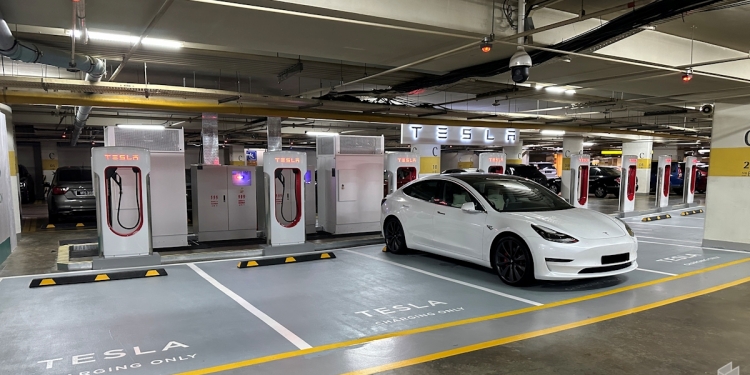Officially unveiled during the local launch of Tesla Model Y on 20 July, the Pavilion KL is the first Tesla Supercharger location in Malaysia. Even though the company will only start delivering its EV to Malaysian customers towards the end of this year with the new Model 3 Highland, the Supercharger stations are already in operation since 22 August.
The implementation is Pavilion KL features eight Supercharger V3 stations and can deliver up to 250kW of energy which is the maximum charging rate that both Model 3 Highland as well as Model Y can achieve. That being said, it does not mean you’re able to charge your Tesla at 250kW all the time.
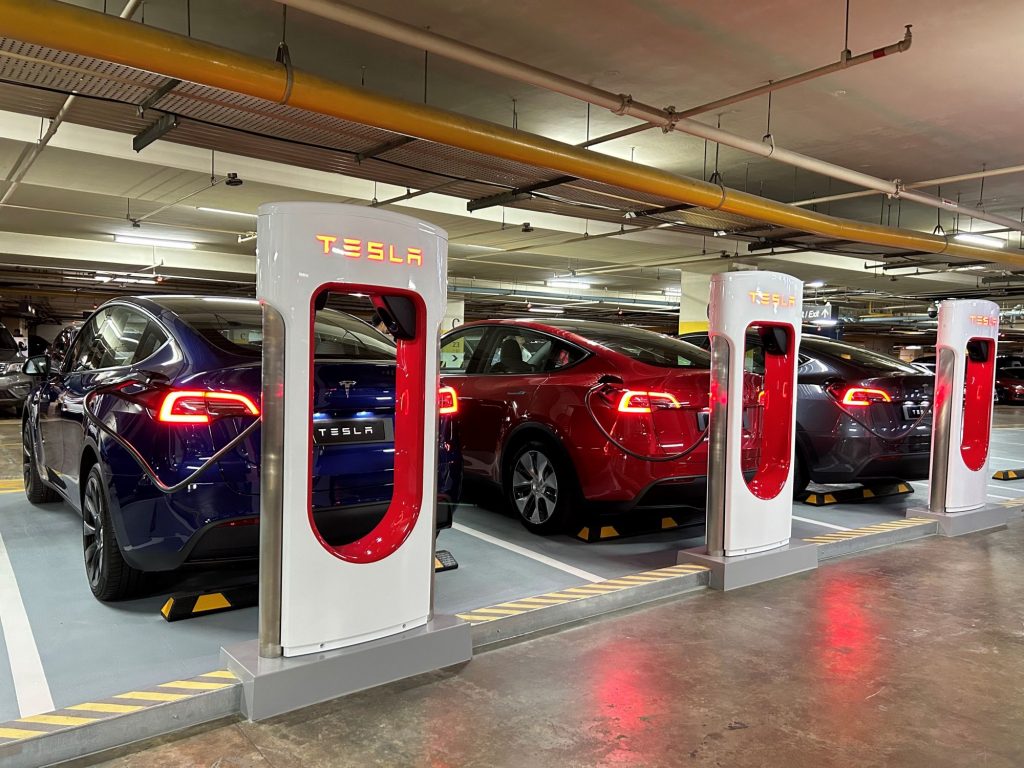
Before you come at me with your pitchforks, here’s why you might not get the advertised maximum charging rate on your Tesla.
Tesla Superchargers can’t deliver 250kW to all EVs simultaneously
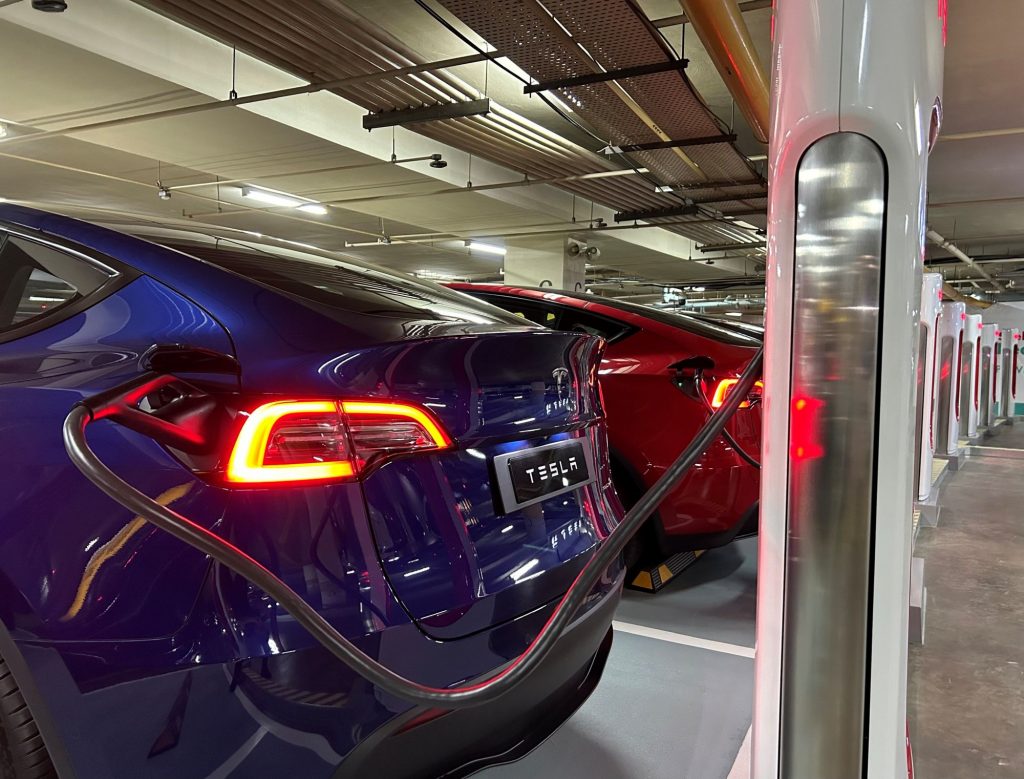
When Tesla first announced V3 Supercharging way back in 2019, the company boldly said that there is no power sharing involved and it has also come out with a 1MW power cabinet for the system. In reality, that seems not the case though, at least as far as the Pavilion KL Supercharger is concerned.
The Pavilion KL Supercharger stations were installed by EV Connection (EVC) which is one of the most well-known names in the local EV industry. In a Facebook post congratulating Tesla Malaysia after the site was activated, the company said that the site has two 250kW power cabinets. This means this location has a total capacity of 500kW that’s shared with all 8 stalls.
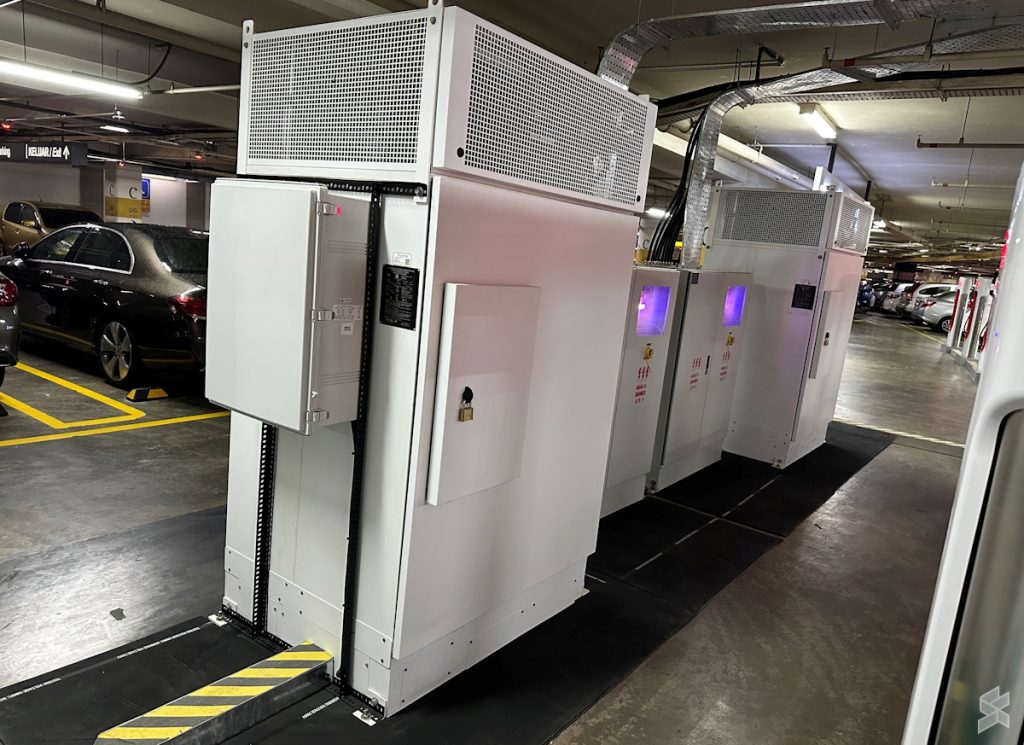
Theoretically, that means only two Tesla vehicles can experience the peak 250kW charging rate at the same time. If all eight stations are occupied, you are looking at an average energy output of just 62.5kW per stall.
Of course, the probability of having eight Tesla vehicles using the Pavilion KL Supercharger stations at the exact same time is quite low at the moment. After all, there is really no reason for Tesla owners to hog the Superchargers especially when there is an idle fee involved when the occupancy rate goes more than 50%.
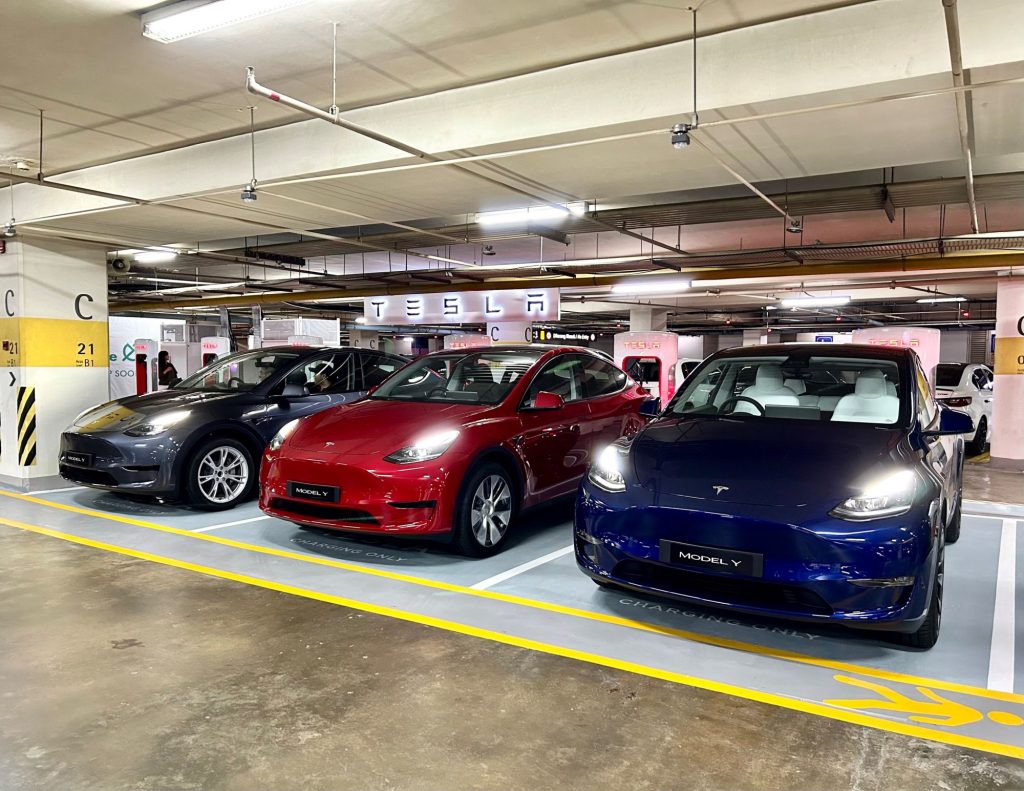
According to Tesla’s website, the Model Y can get up to 261km of range with 15 minutes of charging. Meanwhile, the Model 3 can get up to 270km of range within 15 minutes and the new Highland update can get up to 282km of range for the same duration.
In addition to that, the Tesla Supercharger V3 uses dynamic power sharing and it is smart enough to channel extra available power to any EV that’s plugged in. Therefore, you can plug into any stall at the Supercharger location and you’ll be given the highest available charge possible at the time.
The peak charging rate also depends on your Tesla’s state of charge (SoC) and charging curve
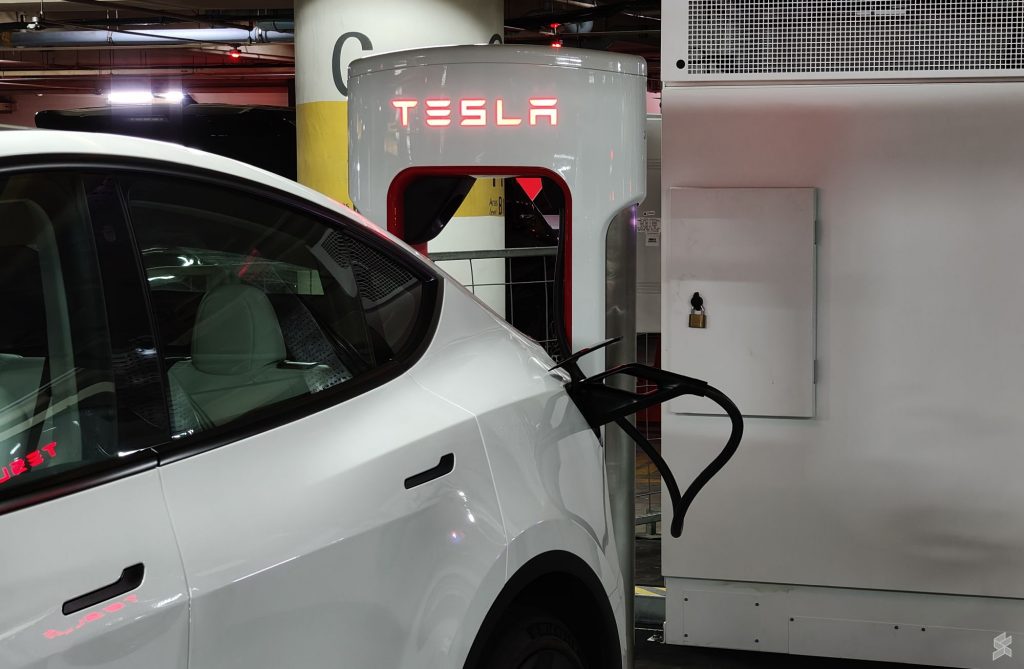
Aside from having a very low occupancy rate at the time of your visit to the Pavilion KL Supercharger, your Tesla also needs to be in optimum condition in order to get the maximum charging rate of 250kW. This is what Tesla Malaysia has noted on its website regarding this very subject:
The peak rate each vehicle achieves will vary with size and age of battery pack, state of charge, ambient temperature conditions and vehicle configuration.
To obtain the optimal temperature for Supercharging, you can precondition the battery automatically by entering the Supercharger location as the destination or the next waypoint in the navigation system. You also need to see if your Tesla SOC level is low enough or else you will still not be able to hit the maximum 250kW charging rate.
Take the experience of local tech YouTuber Fazli Halim who recently brought his Model 3 Long Range UK Specs to be charged at the Pavilion KL Supercharger, as an example.
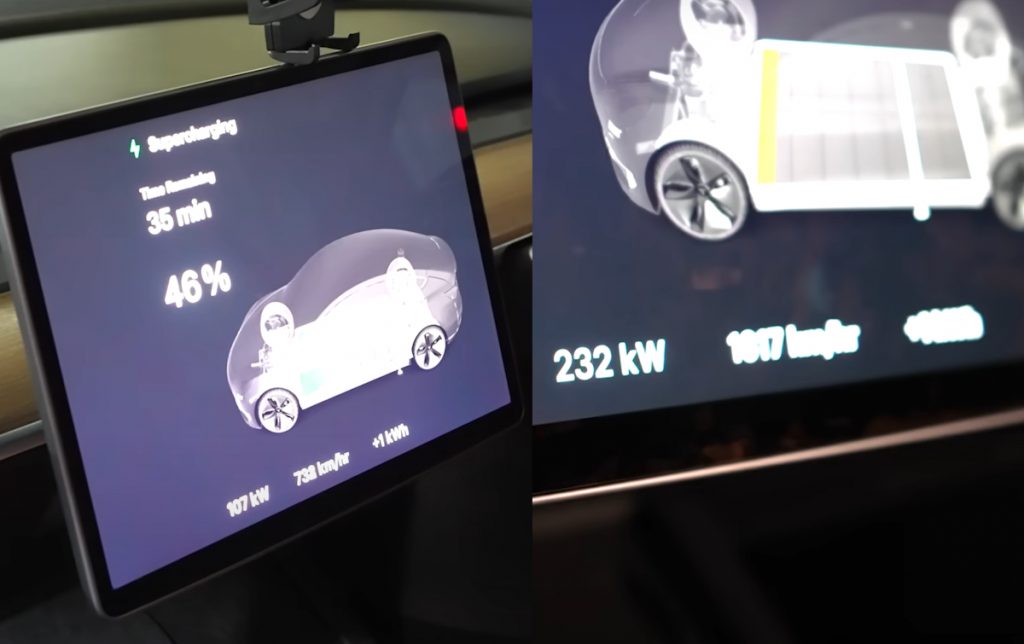
During his initial visit with 40% battery, he only got a maximum rate of 107kW. In his next visit with a much lower 7% battery, he managed to get 235kW which is closer to the peak 250kW charging rate.
However, his Tesla was only able to hit that rate for just a few minutes before dropping to 200kW when the battery level reached 9%.
EVs, like smartphones, get the highest charging rate at a lower state of charge before it gradually gets slower. That’s one of the reasons why it is recommended to limit DC charging up to 80% as it takes longer to charge from 80% to 100% than charging from 10-80%.
You should notice this phenomenon inside Fazli’s video as this was how his Tesla charging rate looked like as the charging session progressed.
- 10% battery level: under 200kW
- 50% battery level: under 100kW
- 80% battery level: under 50kW
- 90% battery level: under 30kW
- Closer to 100%: around 17kW
For further reference, Tesla’s charging curve is something that we have discussed thoroughly in the recent episode of our Let’s Talk About podcast:
Base variants of Tesla Model Y and Model 3 can’t support 250kW
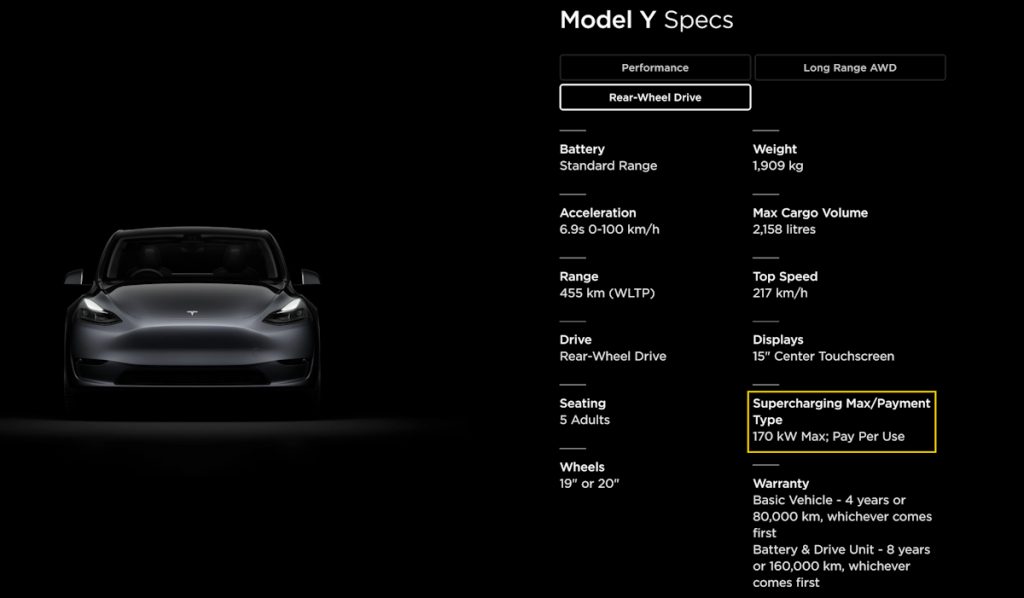
While this may seem rather obvious but in case you somehow overlooked this, the lower-end variants of Tesla Model Y and Model 3 Highland are not able to reach the maximum charging speed of 250kW.
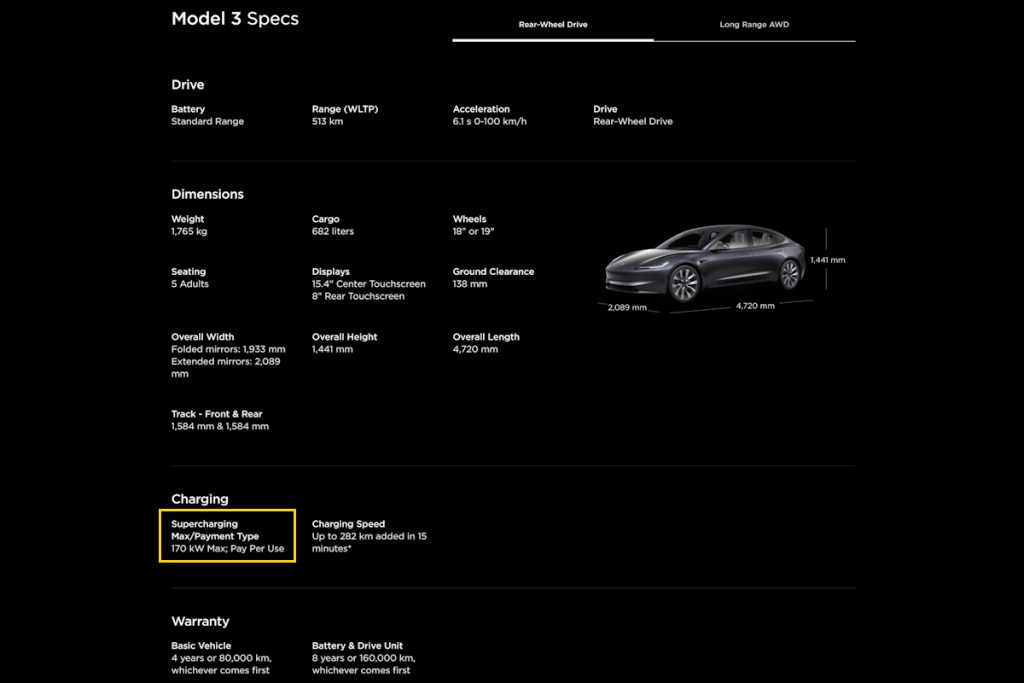
Unlike the AWD variants, the base RWD versions of the Tesla Model Y and Model 3 could only support up to 170kW. It is still quite fast as the base models are fitted with a slightly smaller battery.
Don’t get too fixated on the peak charging speed

While it might feel great to flex the maximum 250kW peak charging speed (which honestly, does not last that long) of your Tesla to your friend, I don’t think it is something that you should put all your focus into. Instead, maybe try to enjoy the whole Tesla charging experience in a more holistic manner.
Aside from the ability to support a relatively fast charging speed, there are other real advantages that Tesla vehicles actually possess. This includes the seamless interaction between the vehicle and the Supercharger as well as deep integration with the navigation system.
To charge a Tesla at a Supercharger, you don’t need to fiddle around apps or physical cards. It’s just plug and charge as the EV charger activation is done seamlessly and you will be billed automatically to your saved credit card.
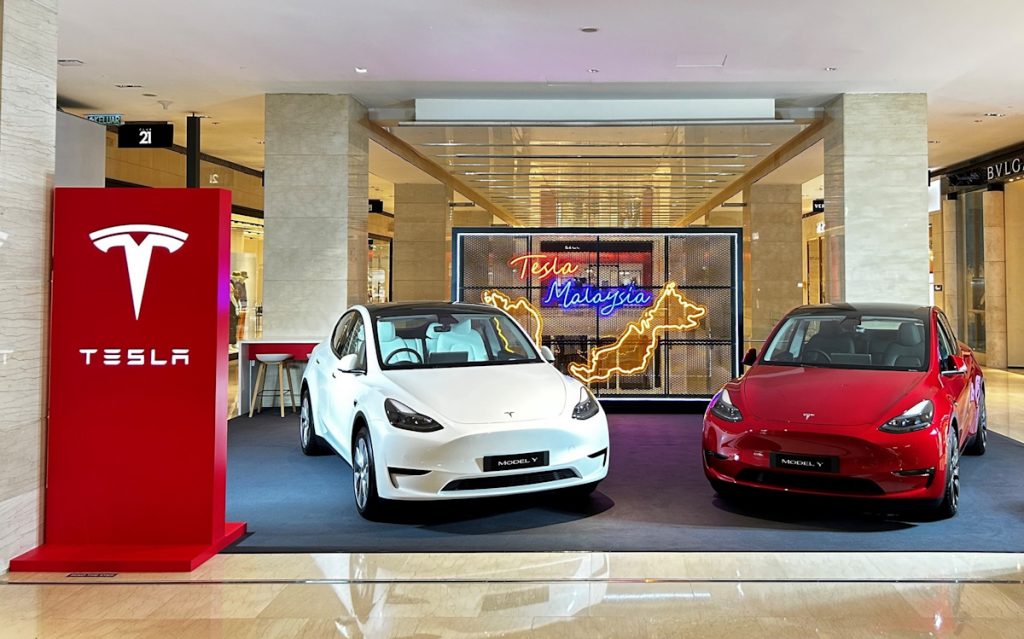
Unlike other EV manufacturers, Tesla is actively building their own Supercharger network and they are actually required by the Malaysian government to deploy 50 DC chargers by 2026.
Let’s also not forget that it is still early days for Tesla in Malaysia and there is still a lot of work to be done up ahead. This is because not only that Tesla have to fulfil orders from its Malaysian customers which I believe there are plenty of them, but also all the requirements that have been set by the government as part of MITI’s BEV Global Leaders programme.
While we are still on the subject, do check out our quick take on the new Model 3 Highland:

